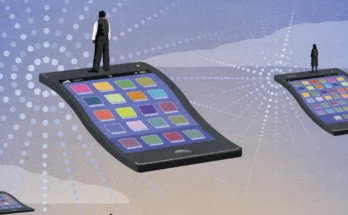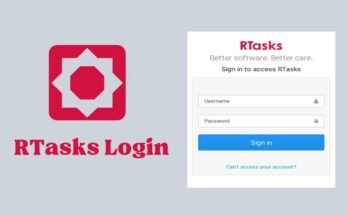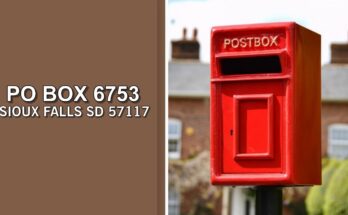The OCR technology is evolved to make the digitalization of documents easier. With the populating digital connections all across the globe, people want a quick solution to escape the hassles involved in manual data entries. A lot of struggle is there to meet 100% accuracy.
OCR was evolved to end it all.
Let’s get to know what exactly it is.
What is OCR?
Optical Character Recognition, or OCR, is a technology that simplifies data conversion from different types of documents, especially the scanned documents like PDF files. It effectively works on images captured by a digital camera to translate the text into editable and searchable data, which is called digital data.
Let’s say, you have a magazine or a brochure that you want to save in the computer memory for using it later. However, you have an incredible option of scanning and putting it into your system. But, the scanned image is not editable. It’s like a snapshot that you may collect. But, you can never copy or paste or do anything unless it is converted into its digital version. In short, you won’t be able to repurpose that data.
With Optical Character Recognition (OCR), it’s super easy. This technology would help you to single out every letter on the image file to capture and put into the text or word file. Once done, that data will be ready for repurposing. This is how all types of image files can be translated into digitally-enabled files.
How does it work?
The most advanced optical character recognition systems work to create a replica or duplicate version of the original file. It all starts from recognizing what’s there in the file. This technology does the same.
It recognizes the image as a whole with lots of interrelated parts. Then, it interprets those parts purposefully. Once done, its script or program self-learns how to bring adaptability in it.
With scripts, it gets directions to separate out all inked characters from the white space (which is the background). This is how it recognizes the text in the image files. Then, the following program guides it to extract that text and save it to the specified location on the server or system.
The program or script is a brain that makes it feasible to convert a hard copy or scanned document into an editable text or doc file. As our brain guides us to carry out any task, here the script does it all.
Recognition of Digital Camera Images
You might be wondering to know if it shows a similar effect on the digital camera image.
The answer is YES. The only difference between a normally scanned document and digital image only PDFs is that the image is of high definition. You hardly see any defects like blurred or skewed edges or the adverse impact of dimmed light. The OCR applications correctly recognise that text.
Moreover, some advanced optical character recognition tools are here to improve the quality of bad images.
OCR Software Functionality
Generally, it processes in three stages-open the scanned copy, recognises the text and save it somewhere which is a safe and compatible location for documents in DOC, RTF, XLS, PDF, HTML or TXT formats. As the data may be transferred to some offline applications like MS Word/ Excel or Adobe Acrobat etc., so this condition is also considered.
For doing all these things, one needs not to be an expert on OCR technology. This incredible technology may automatically run without needing any manual execution.
Advantages that OCR Brings
The biggest benefit is that the replica looks just a ditto copy of the original. With its advanced and powerful technology, you may save hundreds of hours. Creating, processing and repurposing involve a ton of effort, which you don’t have to put in with it.
As far as the documents are concerned, you may edit, search, tag and share them with anyone in this digital environment.
The substantial fact is that the conversion of books, magazines and thesis seems really a tiresome activity. Besides, typos and errors do create the need to retype them all, which is a big challenge.
With this technology, you can capture text from anywhere, such as outdoors from banners, posters and timetables. The data become ready to be captured for repurposing. This concept is similarly applicable for all types of image-based documents or files.
If you want, you may use this software to create a searchable PDF archive. Isn’t it interesting! The process of data conversion from original paper-based document, image or PDF hardly takes less than a minute, and you get the final outcome similar to the original. With peace of mind, you get all what’s in your important documents on your system to use further innovatively.
Guest Post Service By www.guestarticlehouse.com




